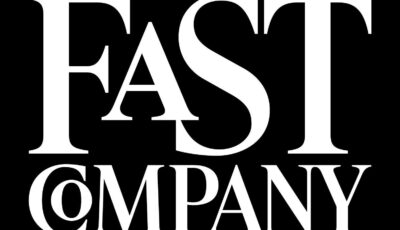I’ve had several clients ask me what executive presence is, how it is obtained, how it is implemented and how it is found.
When I ask clients what executive presence mean to them, they will usually come up with descriptive terms such as serious, charismatic, confident, charming, funny, authentic, determined, prestigious, and so on.
When clients tell me they want to speak like Tony Robbins or Michelle Obama, or they want to sound just like Steve Jobs, I hit the brakes with a resounding “No! Stop!” There is only one you and you need to bring that YOU out. The speakers mentioned above have executive presence and excel at what they do because they are being themselves. They appear relaxed because they are. They are simply being themselves and we can’t help but be completely drawn to their sense of ease.
We’ve covered WHY it’s crucial to be comfortable in your own skin so you can relax and be your best self. Now let’s tackle HOW we get there.
In order to have Executive Presence:
Step 1 – Breathe.
You would be amazed by the benefits of proper or intentional breathing in your day-to-day life, your communication, your brain and your general well-being. I am bold enough to say that 90% of communication/presentation problems are solved by learning how to control your breathing and actually using your breath. Not only will it help you think and speak better in the moment, it will give you EASE – that ease we can’t help but be drawn to and pulled in by. When you have ease, you look and sound confident. And when you’re confident, your authentic self shines through and presto! – you will have more executive presence.
Step 2 – Use habitual tools.
I would be lying if I said, “work with me and you will never be nervous again.” Not true! I have been speaking in public most of my adult life and I still get nervous. Maybe there’s someone in the audience you were hoping not to run into, or maybe there’s someone present who will boost your career and holds a lot of influence. Maybe you’re just feeling “off” for whatever reason and you’re not on your A game. This is when you rely on your habitual tools.
It’s important to note that you must find YOUR habits that you know will put you at ease. A habitual tool that works for me if I’m in a meeting where I’m seated, I make sure my lower back is touching the chair, I place my arms on the arm rests and make sure I am breathing. By going down this checklist, I am able to tell my body, “you have been here before, and nothing bad happened. YOU ARE OK,” and I start to calm down.
Step 3 – Be human.
So often when we are giving a presentation or leading a meeting, we have negative self-talk . . . “don’t mess this up, don’t be nervous, don’t make any mistakes.” Of course we want the meeting/presentation to go well, but when we allow negative thinking, we are leaving the door wide open for self-doubt. Rather, give yourself some wiggle room. Let the positive thinking take over . . . “this is going to go well.”
I have heard that the best speaker in the world makes a mistake once every 5 –10 seconds. That is a lot of mistakes for THE BEST SPEAKER! If you make a mistake, move on and reset. Forgive yourself. You are human.
It is so important that you always communicate from a place that is truthful and close to who YOU are, not someone else. If you do this, your audience is sure to sense your authenticity. You will have executive presence!

